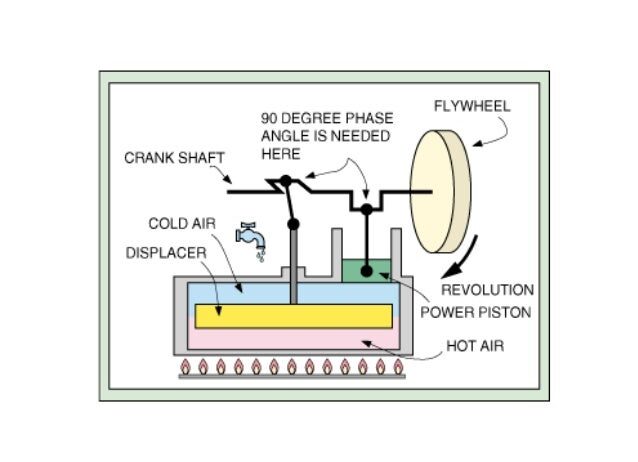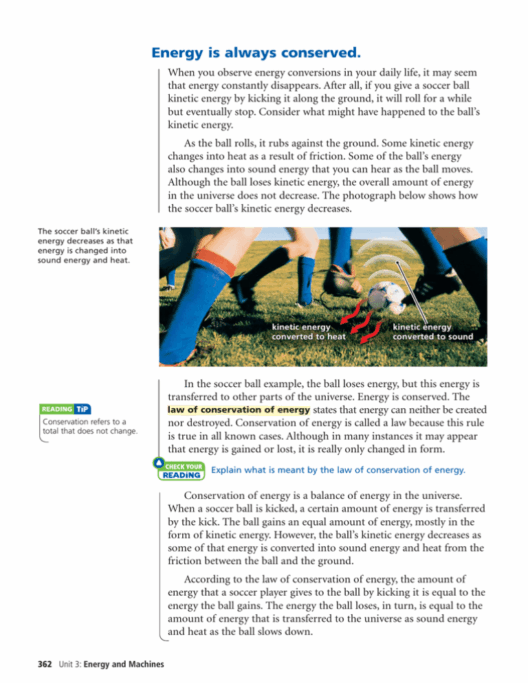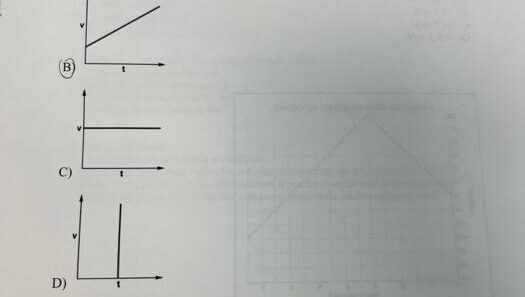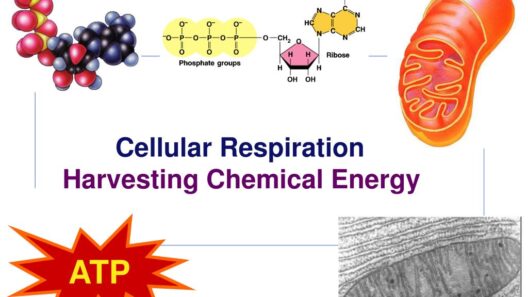In the grand tapestry of life on Earth, food serves as a sumptuous thread, weaving together energy, sustenance, and pleasure. But beyond mere nourishment, food embodies the transformation of heat into mechanical energy—a phenomenon that, while subtle, is significant and worthy of exploration. This metamorphosis echoes the ceaseless hum of life, forging a connection between our culinary practices and the broader principles of energy transfer and conservation.
The transformation from food to energy can be likened to the alchemical process of turning lead into gold. When we consume food, we engage in a complex biochemical dance where caloric intake metamorphoses into kinetic potential. This potential is not merely confined to the physical exertion of our bodies; it reverberates through our world, influencing everything from agrarian practices to industrial machinery. Each delectable morsel we ingest carries with it the latent energy harvested from the sun, entrapped in the chlorophyll of plants and released through the intricate pathways of metabolism.
At the cellular level, the conversion of food into mechanical energy initiates with the act of digestion. Our bodies are nature’s remarkable engines, breaking down carbohydrates, proteins, and fats into component parts—glucose, amino acids, and fatty acids, respectively. As enzymes orchestrate this process, they unlock the stored energy, releasing it like a tightly coiled spring, ready to propel us forward. This energy finds its way into ATP (adenosine triphosphate), the molecular currency of energy within our cells. Once ATP is generated, our bodies can perform tasks ranging from gracefully climbing a staircase to executing the intricate movements required for playing a musical instrument.
Yet, the echoes of food heat and mechanical energy extend beyond the confines of the human body. The world of culinary arts provides a fascinating illustration of how thermal energy can be harnessed into mechanical processes. Consider cooking. The transformation of raw ingredients into a sumptuous dish involves the application of heat—whether from the sun, a stove, or an oven. As food is subjected to thermal energy, its molecular structure alters, leading to changes in flavor, texture, and nutritional content. This transformation is akin to the blooming of a flower; heat awakens potential, leading to a delightful metamorphosis that tantalizes the taste buds.
Cooking methods like sautéing, boiling, and baking all rely on heat to facilitate chemical changes in food, ultimately converting that energy into forms that are easier for our bodies to absorb. In the context of a kitchen, this process is not merely about creating meals; it is about liberating energy from the bonds of food structures and enabling us to harness it for our daily lives. It highlights a fascinating interplay: we manipulate energy to create, sustain, and enjoy our existence.
Moreover, the very act of farming and food production itself embodies the principle of converting sunlight into mechanical energy. Photosynthesis, the cornerstone of agriculture, transforms solar energy into chemical energy stored in plant biomass. Farmers, in turn, become conduits through which this energy flows, as they tend to crops that provide not only for their sustenance but also for the economies of entire communities. The tractor, a quintessential tool of modern agriculture, exemplifies the mechanical engineering marvels that arise from this energy transfer. Fuelled by fossil or biofuels, these machines convert the chemical energy stored in fuel into the mechanical energy needed to till the soil, plant seeds, and harvest crops.
As we delve deeper into the synergy between food, heat, and mechanical energy, it becomes imperative to acknowledge the urgency of sustainable practices. The agricultural sector accounts for a significant portion of global greenhouse gas emissions, primarily due to the methods employed in food production. Emphasizing regenerative practices and local food systems can minimize energy consumption and environmental impact. By championing a closer relationship with our food sources, we conserve not only resources but also the unique expressions of energy these systems embody.
Furthermore, the push towards renewable energy sources presents an intriguing parallel to our relationship with food. Just as a well-planned garden ensures a bountiful harvest, investment in solar, wind, and other sustainable energy sources manifests a commitment to an energy-efficient future. The synergy of nature and technology becomes ever more apparent as we explore innovations like vertical farming, wherein controlled environments utilize vertical space to grow food, effectively converting sunlight and scarce resources into mechanical energy for regional consumption.
This narrative of food heat and mechanical energy is enriched by our consumption habits. As we become more conscious of our choices—prioritizing local, seasonal, and sustainable foods—we embrace the intricate cycles of energy flow that underpin our sustenance. Each bite becomes a statement, a metaphorical footprint in the energetic web of existence. When we choose to support sustainable agriculture, we contribute to a more resilient food system, ensuring that the energy harvested from the sun continues to nourish not just our bodies but also our planet.
In conclusion, the journey from food heat to mechanical energy is a microcosm of larger ecological and meteorological processes. It reflects the interconnectedness of life, emphasizing the necessity of responsible stewardship of our resources. As we navigate the complexities of energy consumption, let us embrace the metaphor of food as a transformative force, one that propels not only our bodies but also our collective future towards sustainability. The emergence of this understanding fosters a profound respect for the intricate balance between energy, nature, and humanity.








